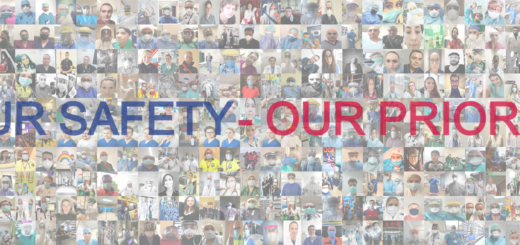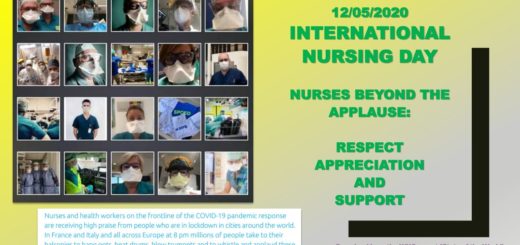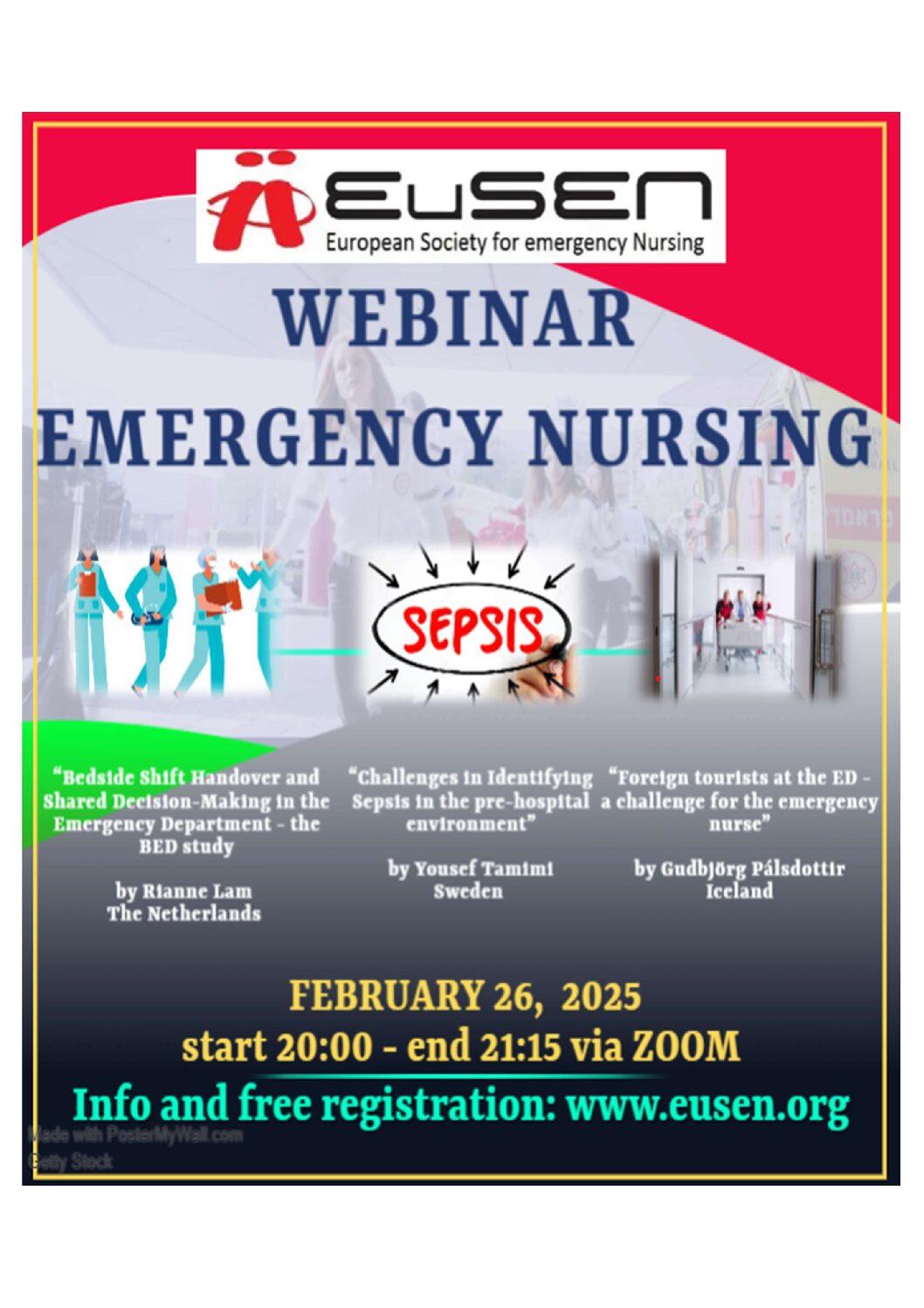ISSUES IN EMERGENCY CARE FOR PEOPLE WHO ATTEMPTED SUICIDE
ISSUES IN EMERGENCY CARE FOR PEOPLE WHO ATTEMPTED SUICIDE
During the scientific meeting of EuSEN in November 2017 in Brussels, the main research topics of the presenters included child maltreatment, emergency department (ED) crowding and how to publish nursing research. In addition, the Research Advisory Committee collected ideas for research topics from the audience. Several EuSEN-members mentioned the care for patients who attempted suicide as challenging for ED nurses.
Recently an article ‘Knelpunten in SEH-zorg voor suïcidepogers’ [Dutch] was published, in which the authors Saskia Merelle, Ina Boerema, Christien van der Linden en Renske Gilissen describe issues in emergency care for patients who attempted suicide1.
In 2015, 7 EDs across the Netherlands participated in a questionnaire survey of the 113 Suicide Prevention (113 Zelfmoordpreventie) service as a part of the 2014-2017 National Suicide Prevention Agenda. Emergency physicians and nurses and managers answered 25 multiple-choice questions about: (a) current treatment of and contact with patients who attempted suicide, (b) available knowledge and skills of emergency physicians and nurses and (c) after-care for patients who attempted suicide.
In total, 33 emergency physicians, 40 emergency nurses and 5 managers completed the questionnaire.
The most important issue indicated by the respondents is that they do not have enough time, knowledge and skills to estimate the suicide risk and to conduct a conversation with the patient about her or his suicidal thoughts. One-fifth of the respondents indicated that they do not always treat patients who committed a previous suicide attempt with respect. The respondents also stated that the ED environment is too restless or unsafe and that waiting times for the psychiatric service are too long. The majority of the emergency physicians and nurses worry about the condition of the patient after her or his discharge, especially when they estimate a high probability of another suicide attempt.
The authors concluded that insufficient knowledge and skills of ED, a sometimes negative attitude towards people who attempted suicide and a heavy workload hinder the care at the ED for people who attempted suicide. Targeted training, a quiet area and deployment of specialized care could improve this care.
The article ‘Issues in emergency care for patients who attempted suicide’ or ‘Knelpunten in SEH-zorg voor suïcidepogers’ [In Dutch] is published in the Ned Tijdschr Geneeskd. 2018;162:D2463. For more information: s.merelle@113.nl
Questions that came up from the audience during the EuSEN scientific meeting in November were: Which standards to assess suicide risk are in use in the European EDs? Are those standards reliable in suicide reduction? However, a recently published systematic review and meta-analyses showed that an unassisted clinician risk classification of a patient after hospital-treated self-harm or psychiatric hospitalization is too inaccurate to be clinically useful2. Instead of focusing on risk classification instruments, it may be more useful to improve care on the basis of patient needs or implement initiatives to improve the care for psychiatric patients in our facilities on the basis of ideas and needs of ED staff.
The EuSEN Research Advisory Committee would like to invite EuSEN members and nurses of participating countries to share their thoughts and ideas and suggestions regarding psychiatric care at the ED. Are the findings mentioned in the Dutch study recognizable to you? Did you perform a quality improvement project or a study within this topic?
Please contact the EuSEN Research Advisory Committee: c.van.der.linden@haaglandenmc.nl
REFERENCES
- Merelle S.Y.M., Boerema B., Van der Linden M.C., et al. Knelpunten in SEH-zorg voor suïcidepogers [In Dutch]. 162[D2463]. Nederlands Tijdschrift voor Geneeskunde.
- Woodford R, Spittal MJ, Milner A, et al. Accuracy of Clinician Predictions of Future Self-Harm: A Systematic Review and Meta-Analysis of Predictive Studies. Suicide Life Threat Behav. 2017.












